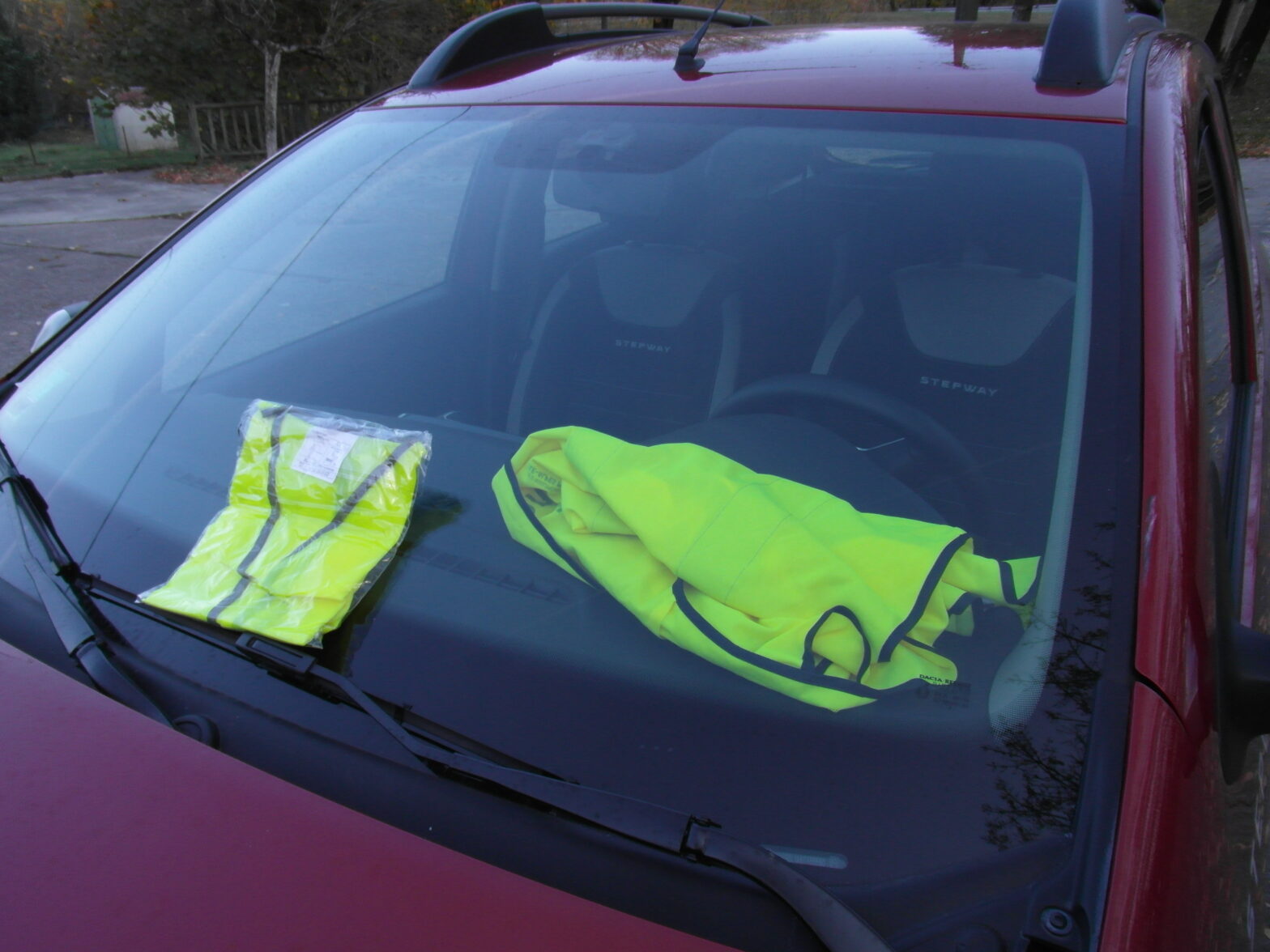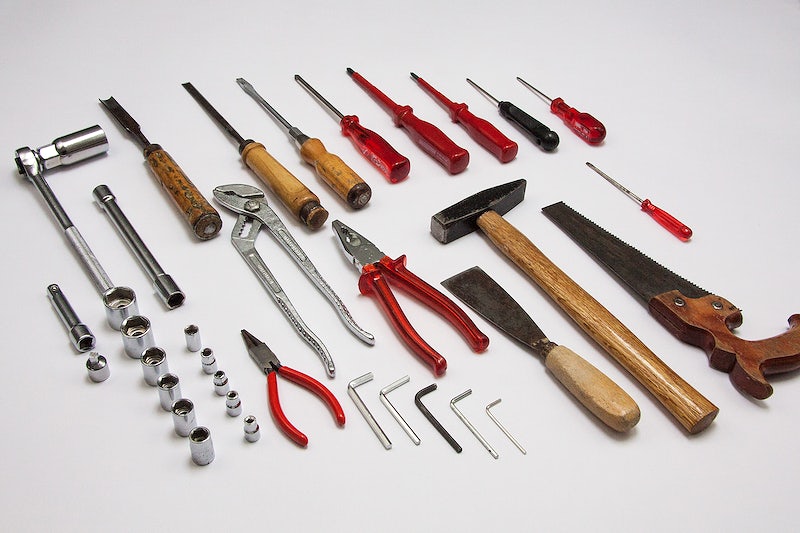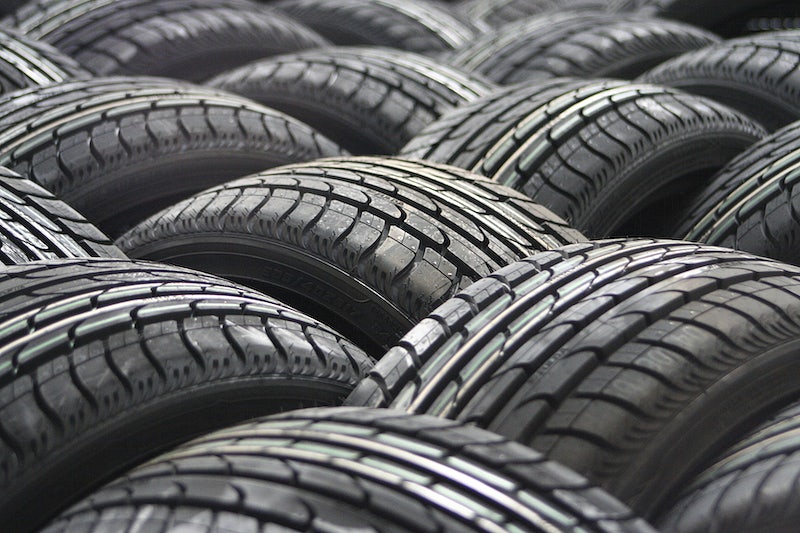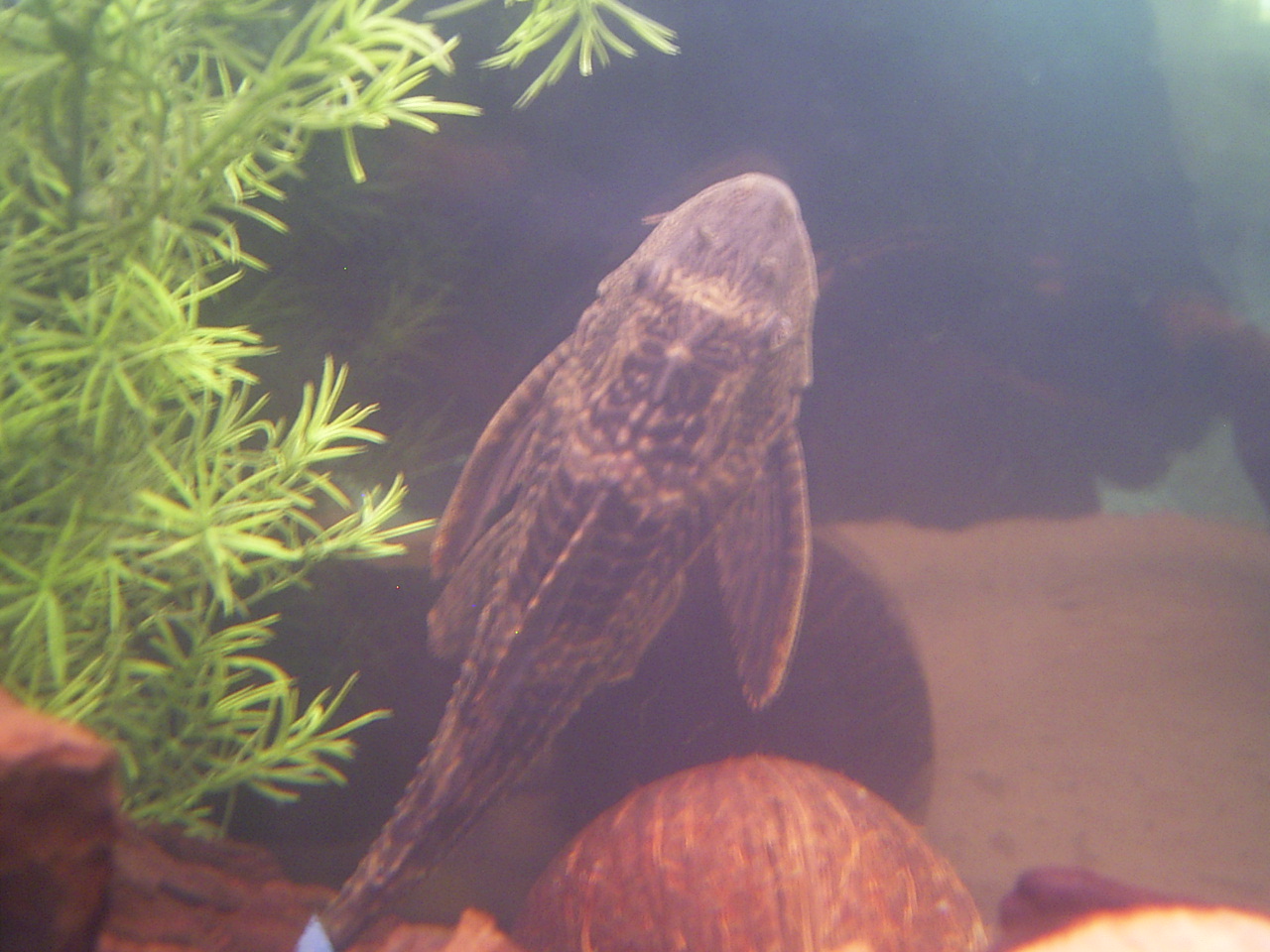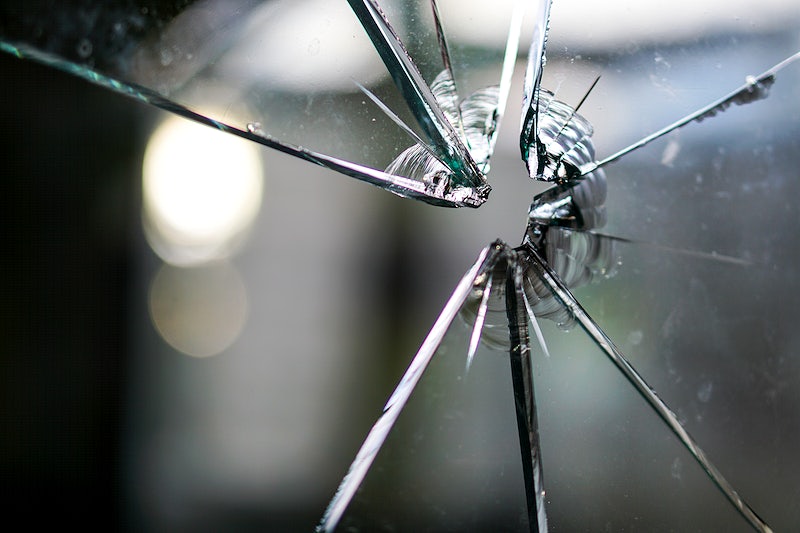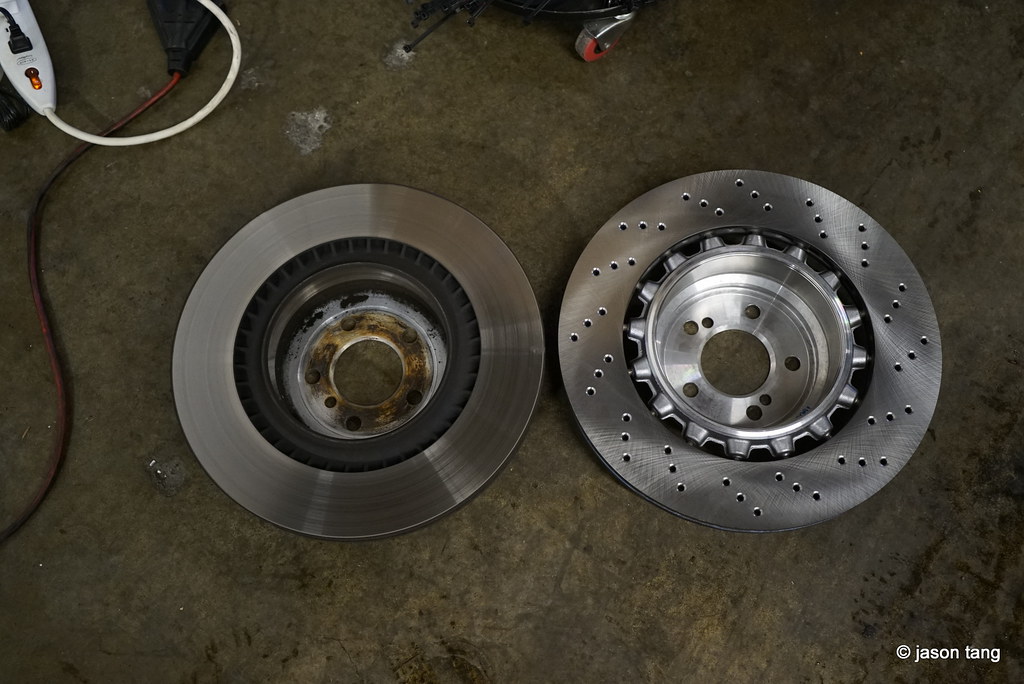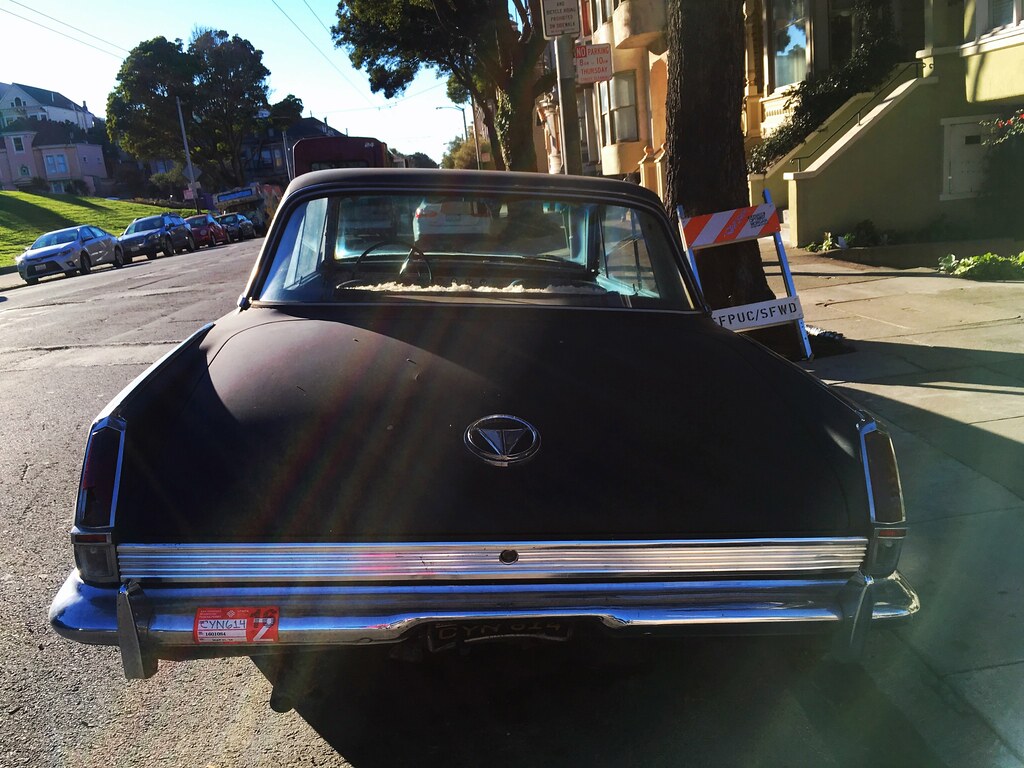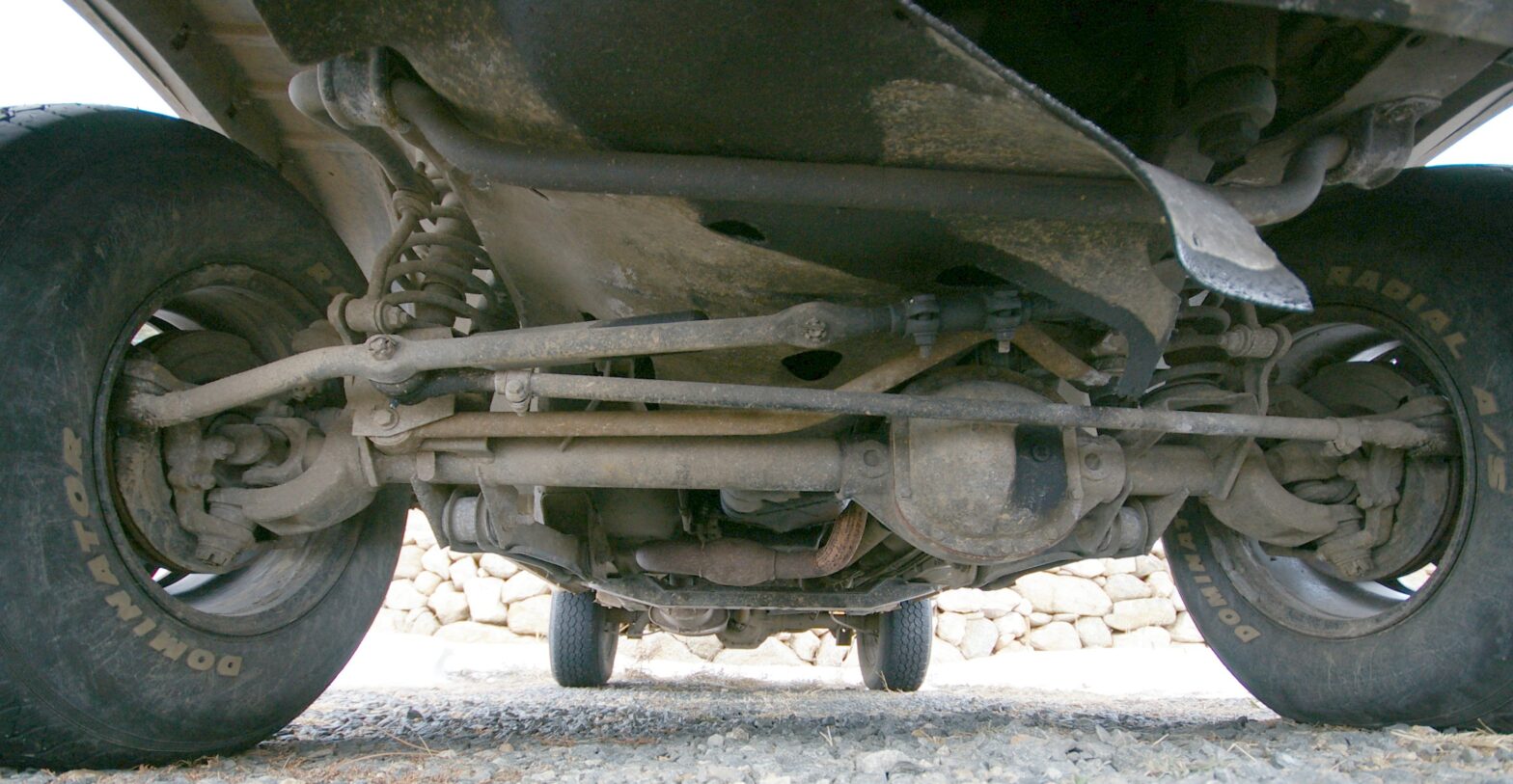1. Introduction
As the world becomes increasingly aware of the environmental impact of burning fossil fuels, emissions testing has become an important part of vehicle ownership in many countries. An emissions test is a type of inspection that measures the amount of pollutants released from a vehicle’s exhaust system into the atmosphere. In many countries, it is mandatory for all cars and other motor vehicles to pass such tests in order to receive registration and be legally driven on public roads.
2. What is an Emissions Test?
An emissions test is designed to measure the amount of pollutants being emitted from a vehicle’s exhaust system into the atmosphere. Depending on the type of vehicle being tested, different types of pollutants are measured, including carbon monoxide (CO), hydrocarbons (HC), nitrogen oxides (NOx) and particulate matter (PM). The results are then compared against accepted standards for those particular pollutants to determine whether or not the vehicle has passed its emissions test.
3. The Benefits of Passing an Emissions Test
The primary benefit of passing an emissions test is that it helps keep air quality at acceptable levels by reducing harmful air pollution caused by vehicles. This can have a positive effect on both human health and the environment, as well as helping to reduce global warming due to greenhouse gas emissions from vehicles. Additionally, passing an emissions test can help save money in terms of fuel costs and maintenance costs associated with keeping your car running properly over time.
4. The Impact of Failing an Emissions Test
If a vehicle fails its emissions test, it can result in significant fines or even criminal charges depending on where you live and what laws exist in your area regarding emissions testing. Additionally, if your vehicle fails its emission test it may require costly repairs in order to bring it up to acceptable standards before it can be registered again or legally driven on public roads again.
5. How to Pass an Emissions Test?
In order to pass an emissions test, there are several steps that need to be taken prior to taking your car for testing:
• Have your car serviced regularly according to manufacturer recommendations – this will help ensure that all parts are working properly and that any potential problems are caught early before they become more serious issues;
• Make sure you use only high-quality fuel – using low-quality fuel can cause increased levels of pollutants;
• Ensure that all filters are clean and functioning properly;
• Have any faulty components repaired or replaced as soon as possible;
• Drive responsibly – excessive speeding or revving can increase pollutant levels;
6. Why Is It Important To Keep Your Vehicle Well-Maintained?
Keeping your car well-maintained is essential for passing an emission test because it helps ensure that all components are functioning properly and reduces pollutant levels released into the atmosphere from your vehicle’s exhaust system. Proper maintenance also reduces wear-and-tear on your engine which can help improve fuel efficiency over time, saving you money in the long run while also helping reduce air pollution levels overall.
7. Conclusion
In conclusion, passing an emission test is important because it helps keep air quality at acceptable levels by reducing harmful air pollution caused by vehicles while also saving money in terms of fuel costs and maintenance costs associated with keeping your car running properly over time. It is essential that drivers take steps such as having their car serviced regularly according to manufacturer recommendations, using only high-quality fuel, ensuring all filters are clean and functioning properly and driving responsibly in order to ensure their vehicles pass their emission tests every year without fail!
8.FAQs About Car Emissions Tests
Q1: What happens if my car fails its emission test?
A1: If a vehicle fails its emission test,it may require costly repairs in order to bring it up to acceptable standards before it can be registered again or legally driven on public roads again.Additionally,failing an emission tests may result in significant fines or even criminal charges depending on where you live and what laws exist regarding emissions testing.
Q 2: How often should I take my car for an emission test ?
A 2 : Most states require cars newer than 1975 models,to have their emissions tested every one or two years depending upon local regulations.It’s always best practice however,to get regular check ups done so any potential problems with your cars engine performance can be caught early before they become more serious issues.
Q 3 : What should I do if I don’t know how to prepare my car for its next emission testing ?
A 3 : If you’re not sure how best prepare your car for its next emission testing,it’s always best practice speak with a certified mechanic who specialize in this type work.They will be able able provide guidance advice about what needs done ensure you pass.
9.Sources
Discover the Benefits of Passing an Emissions Test: Safeguarding Our Environment and Ourselves
What is the importance of emissions testing?
Purpose of Emission Test In brief emission test serves to verify the cleanliness of the vehicle. This test is to ensure that vehicles meet the requirements set forth in the federal Clean Air Act. It is important that the vehicles emission controls are working.
What is the cause of emissions failure?
Sensor failure. a failing oxygen sensor or a faulty air flow sensor can trigger the Check Engine Light. Other problems: a loose gas cap can cause cracking and improper emissions testing. Waiting too long between oil changes or changing the engine air filter can also be the cause.
Can I pass emissions if I erase codes?
Do not clear data trouble codes on your scanner in the hope that it will pass your emissions test. If you clear the data trouble code and immediately put the vehicle through an emissions test it will be denied. Erasing data trouble codes will erase all settings in the OBD-II system memory.
What happens if you don’t pass the emissions test in Illinois?
You may need to test your vehicle duties in Illinois. Failure to do so will result in a fine of not more than one dollar
What is the purpose of emission?
An exhaust system designed to control emissions and pollution can reduce the release of harmful gases into the air. But it must function properly to perform this important function.
What is the purpose of the emission system?
whats this? Emission control systems limit the release of harmful gases into the atmosphere from cars. These include carbon monoxide and nitrogen oxides. Fuel tanks and crankcase engine carburetors are all sources of these toxic gases.
